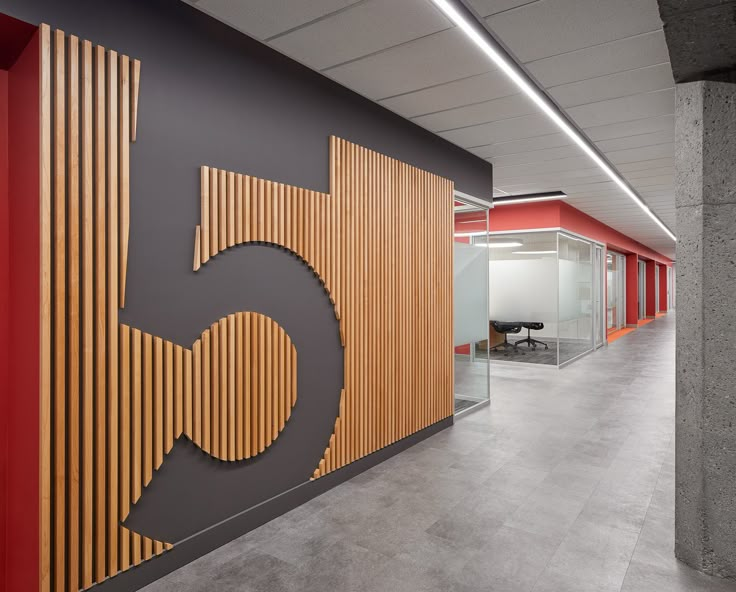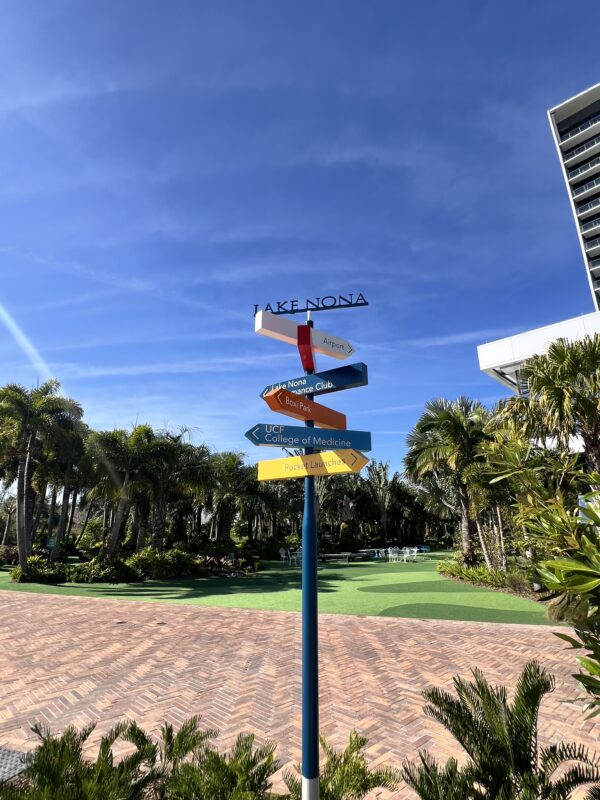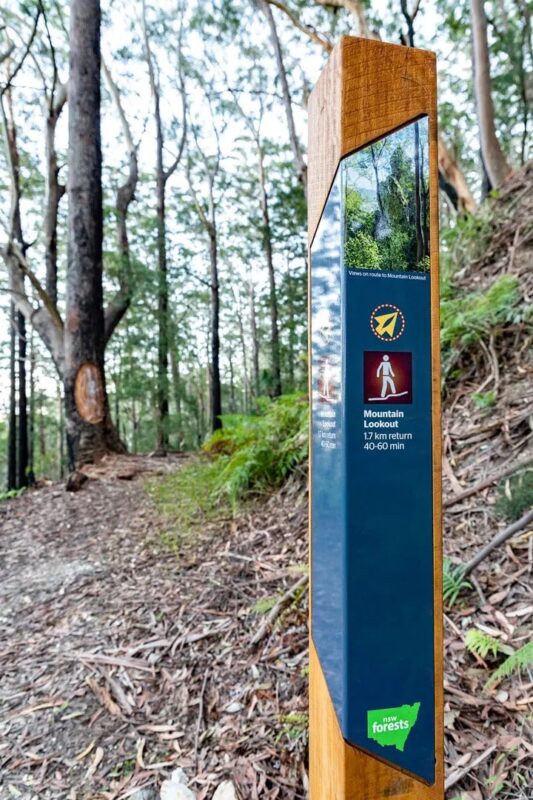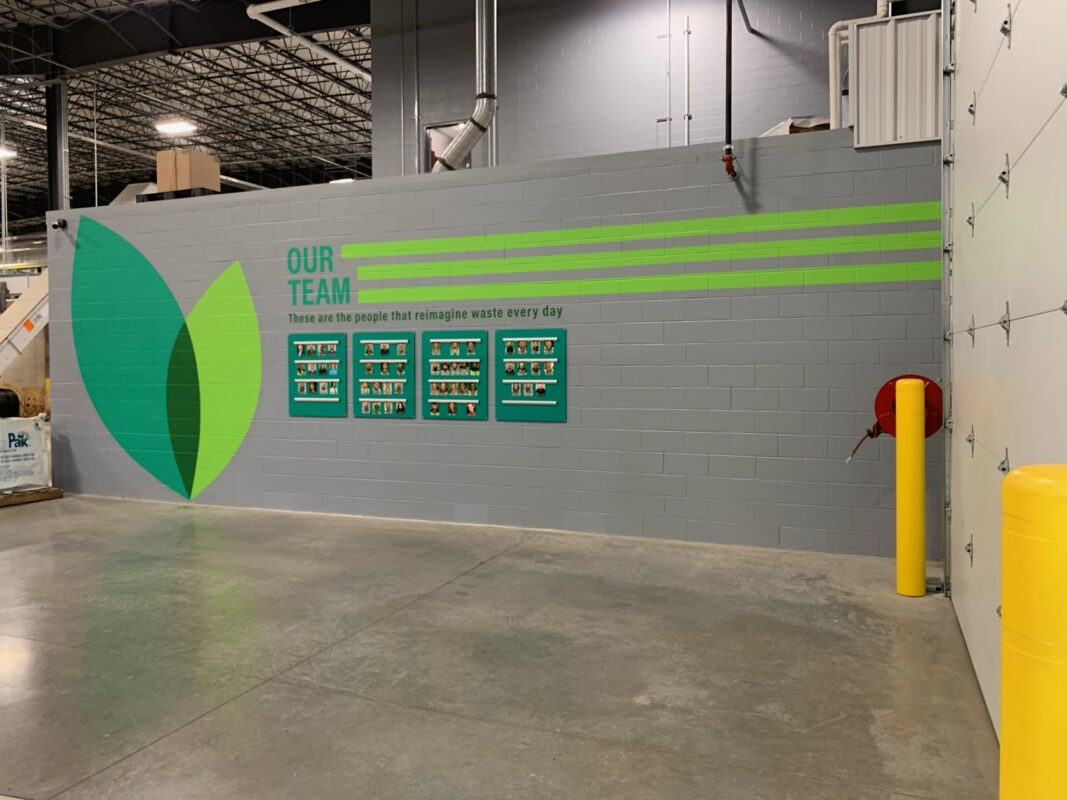Integrating Environmental Graphic Design into the Architectural Process
Meta Title: Integrating Environmental Graphic Design with Architecture
Meta Description: Learn how to incorporate environmental graphic design into the architectural process from concept to construction for seamless, immersive results.

Too often, Environmental Graphic Design (EGD) is treated as an afterthought—layered on after the building is designed, when most impactful decisions have already been made. But the most successful projects integrate EGD from day one, during the concept development phase, right alongside architects, interior designers, and engineers.
At Hi Octane Design, we believe in a truly collaborative process where graphic systems are embedded into the DNA of a space, not just applied to its surface. This early integration ensures that wayfinding, placemaking, and brand storytelling are woven into the built environment with clarity and intention.
By aligning with architectural sightlines, structural rhythms, and spatial flow, we create graphic experiences that feel native to the space. Signage and branded elements or architectural graphics can be integrated into walls, ceilings, and structural elements—not simply tacked on—and graphic hierarchies can reinforce architectural purpose.

When EGD is brought into the process early, we can also:
- Specify appropriate materials that support graphic legibility and durability
- Coordinate lighting, finishes, and surfaces to optimize visibility and visual impact
- Streamline construction and installation, reducing costly retrofits or change orders
- Ensure ADA compliance and accessibility are addressed holistically
The SEGD (Society for Experiential Graphic Design) community has long championed this holistic approach, recognizing that integrated EGD leads to more coherent, immersive environments that are both functional and beautiful.
Ultimately, by syncing our workflows with architects and consultants, we not only elevate the user experience—we create built environments that communicate with clarity, purpose, and a strong sense of place.

All of these visual examples are real life examples from a project Alicia Hanson was a designer at RSM Design and integrated the elements with the design architects and construction architects on creating elements that seamless integrated with the building architecture.











